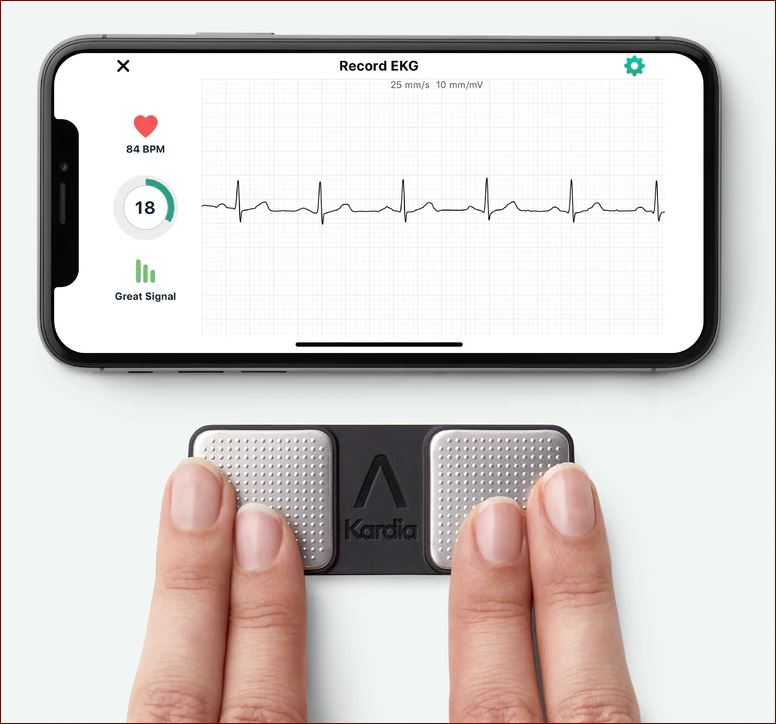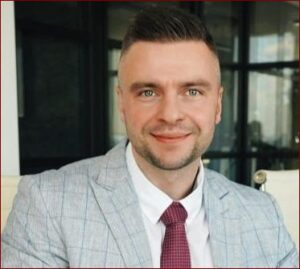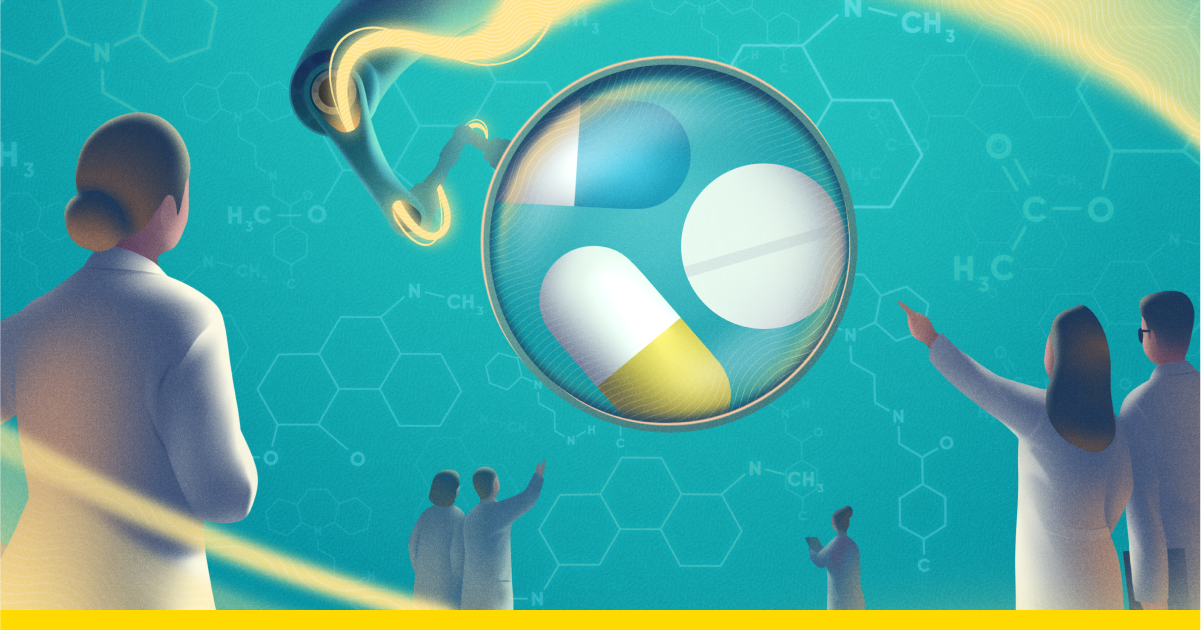Cardiologists from California state that people with heart conditions are more likely to use Telemedicine applications
Specialists from Cedars-Sinai Medical Center in Los Angeles found that the pandemic forced patients with cardiovascular disease to apply for virtual consultations through telemedicine applications. Before the outbreak of COVID-19, about 13,000 people per week used telemedicine services. At the beginning of the pandemic, their number increased to 1.7 million.
A brief outline of the study
Researchers at Smidt Heart Institute at Cedars-Sinai have reported a digital shift in the treatment of cardiovascular disease. The team compared the data on personal and telehealth visits before and after the outbreak of coronavirus. The scientists paid attention to the number of visits, tests and medications prescribed as well as to the demographic and social characteristics of the patients.
It turned out that the number of personal visits decreased from 87,182 to 74,498 because of the pandemic. Twice as many people as in the pre-COVID time applied for telemedicine consultations: 10,381 compared to 4,720.
Medical experts also found that during remote visits, doctors prescribed fewer diagnostic tests (ECG, TTE, CCTA, MRI) and drugs. As the researchers noted, “there continued to be a stepwise decrease in rates of ordering at least one test or medication”.
The researchers found that ethnic minorities, patients with hypertension, heart failure, atrial fibrillation, coronary heart disease, and other conditions, and private insurance holders were most likely to use telemedicine applications. Joseph Ebinger, MD, noted the enthusiasm of his colleagues about the fact that risk patients and the disabled could receive treatment even during the pandemic.
Three telemedicine approaches for cardiac patients
The Centers for Disease Control and Prevention (CDC) state that cardiovascular disease is the major cause of death in the US. It claims the lives of 659,000 people every year. To maintain good health, a patient needs to be under constant medical supervision, undergo tests frequently, manage symptoms, and visit the clinic regularly. The pandemic has deprived patients of this opportunity. Many people are afraid to visit the clinic because of the risk of contracting coronavirus.
Telemedicine has become an efficient solution to the problems of cardiac patients. Modern technologies (smartphones, computers, connected devices) allow you to send data to remote locations. Telecommunication capabilities are used for the treatment of cardiac patients. Remote monitoring is carried out with the help of pacemakers, defibrillators, wearable sensors, and data processing units. The information collected from devices is sent via a transmitter or Bluetooth in a telemedicine app. A doctor monitors the necessary rates and adjusts the treatment of a patient.
The researchers single out three approaches to the remote treatment of cardiac patients:
- Remote monitoring with the help of cardiac implantable electronic devices (pacemakers, implantable cardioverter-defibrillators (ICD), cardiac resynchronization therapy defibrillators (CRT-D));
- Tracking using external wearable devices that transmit data to the doctor via the patient’s smartphone;
- Mobile patient monitoring when a smartphone measures heart rate, blood pressure, and oxygen levels using sensors (accelerometers, finger sensors, ballistocardiography).
These methods of remote treatment and monitoring are of great importance for cardiac patients. Telemedicine improves the quality of people’s lives and prevents health complications or even death. Wrocław Medical University researchers in their 2022 research paper Telemedicine in Cardiology: Modern Technologies to Improve Cardiovascular Patients’ Outcomes – A Narrative Review noted the benefits of remote treatment for three principal areas of cardiology
- cardiovascular risk factor management;
- diagnosing and subsequent treatment of arrhythmias;
- monitoring heart failure patients.
Cardiovascular risk factor management
With the help of telemedicine applications, doctors prescribe preventive treatment to avert coronary artery disease. They try to exclude factors that provoke the disease. In some cases, it is enough to control body weight, blood pressure, physical activity, and bad habits. Elimination or control of these factors has a positive effect on the way the patient feels and prevent complications.
Diagnosis and treatment of arrhythmia
Wearable devices and sensors help to remotely measure heart rate and detect arrhythmia in time. A doctor can view ECG data, coronary angiography, and heart images in electronic format. Based on imaging, the doctor establishes a correlation between the arrhythmia and the patient’s complaints. They also assess clinically relevant arrhythmias in terms of quantity and quality and evaluate the influence of changing medications on the state of the patient. If necessary, the healthcare professional assigns additional medical examinations (for example, ECG) and adjusts the treatment.
Monitoring of patients with heart failure
The remote monitoring of patients with heart failure is based on the prediction of episodes of acute decompensation related to fluid retention. In a telemedicine app, a patient notes their weight and ensures that it does not increase by more than 2 pounds a day. The body composition of the patient (fat, bone, muscle, and water ratio) must be considered when controlling this parameter.
For complex analytics, it is necessary to obtain data on heart rate, tidal volume, and physical activity. The combination of these rates allows you to predict acute decompensation of heart failure with an accuracy of up to 65%. REM-HF investigators note a reduction in hospital admissions among patients who are treated remotely compared to those treated conventionally.
Telemedicine services are necessary when a patient cannot visit the doctor often, has undergone surgery, noticed a deterioration in their condition, or changed their medications. Observing the changes will help the doctor to adjust the treatment, offer the optimum daily routine and physical activity.
The benefits of telemedicine for patients and doctors.
In the US, healthcare is of high quality. However, there are things that patients do not like. Many people cannot visit clinics because:
- they live in remote areas where there are no medical facilities;
- they independently come to the clinic on their own due to old age or disabilities;
- they do not want to catch contagious infections (VRIs, COVID-19, or flu);
- they are unable to pay for expensive medical procedures;
- it is difficult for them to combine the work schedule and frequent visits to the doctor;
- they have to wait for months for an opportunity to make an appointment with a cardiologist due to the clinic overload.
The pandemic has exacerbated the situation because scheduled visits and examinations were postponed due to the influx of emergency patients. The Center for Disease Control and Prevention estimated that 41% of Americans put off going to the doctor during the first four months of the pandemic.
Healthcare software development solves the problems of cardiac patients by enabling them to:
- be under the remote supervision of a doctor, regardless of location, physical capabilities, or age;
- do not waste time going to the clinic and waiting in line;
- make an appointment with a doctor as symptoms appear and do not wait until the condition worsens and emergency care is required;
- monitor the state of health around the clock and follow the treatment plan;
- protect themselves from infectious diseases;
- receive high-quality medical services at a lower price: according to Save.Health, the difference can be threefold.
Telemedicine helps cardiologists by taking off routine tasks that lead to professional burnout. For example, a doctor needs to do a lot of work to monitor the blood pressure of a single patient. First, they read the journal sent by the patient in a spreadsheet, text message or printed paper. Second, they transfer the data to the electronic medical record (EMR) and check the information about the medications taken. Finally, they evaluate the treatment progress and take action.
A telemedicine app simplifies the workflow. The data collected from different sources and at different times are loaded into one report. The doctor does not need to manually enter the information into the EHR, because the platform integrates with the EMR. As a result, the cardiologist has more time to solve important tasks and pays more attention to patients.
International experience in using telemedicine applications for cardiac patients
The digital healthcare market is constantly growing, and leading companies are trying to create affordable telemedicine solutions. For example, the American College of Cardiology together with the Consumer Technology Association are helping telemedicine and mobile health app providers to develop wearable devices and platforms for monitoring cardiovascular disease. Let’s take a look at some popular telemedicine applications that are largely used by cardiac patients.
My Cardiac Coach
The American Heart Association (AHA) has developed a free app for the recovery of heart attack patients. It functions on Apple and Android devices. The platform is an authoritative source about rehabilitation after a complicated surgery. The resource contains lessons with instructions for changing lifestyles created by experts.
The platform has the functionality of tracking blood pressure and weight, recording physical activity and emotional state. There is also a VR tool teaching to perform cardiopulmonary resuscitation on a virtual patient. A user can correspond with other heart attack survivors and contact cardiologists for advice.
Infographic 1: 
Source: https://apkpure.com/my-cardiac-coach/cc.aha.cardiaccoach
KardiaMobile
KardiaMobile is a useful combination of a mobile device and an FDA-approved telehealth app. The patient takes an ECG at any time, and the device detects up to six of the most common arrhythmias. The system offers a heart report with ECG and blood pressure data. The document can be saved on the phone or sent by mail to the cardiologist. Four free consultations with a doctor are available in the advanced user version.
Infographic 2

A ballistocardiography platform
A European healthcare software development company has created an IoT solution for ballistocardiography with telemedicine functionality. The platform connects with ferroelectric sensors. With every heartbeat, blood is ejected into large vessels. And the platform captures images of the repetitive movements of the human body that occur due to this ejection.
During a person’s sleep, the platform collects the necessary data on heart rate, blood pressure, and captures convulsions. If the system “notices” abnormal rates, It warns doctors that the patient needs urgent help. The platform was created as an assistant for hospital nurses so that they could approach patients on time during night shifts. The system simultaneously analyzes the data collected by 12,000 hospital devices.
Infographic 3:
Source: https://andersenlab.com/project-cases/andersen-healthcare-tracking-tool-sleep-stats
Conclusion
Telemedicine applications are becoming a promising addition to traditional cardiac care. According to Statista, the telehealth market will grow from $50 billion in 2019 to $460 billion by 2030 in response to patient demand.
These platforms improve the quality of life of patients with cardiovascular diseases, help to remain under regular medical supervision even from home, and prevent the development of severe forms of the disease. Medical institutions are interested in healthcare software development as it will relieve the burden on doctors, improve working conditions and meet the needs of digital patients. Telemedicine is a chance to make healthcare accessible to more heart patients.

https://www.linkedin.com/in/sergeyavdeychik
[email protected]








Click here to change your cookie preferences